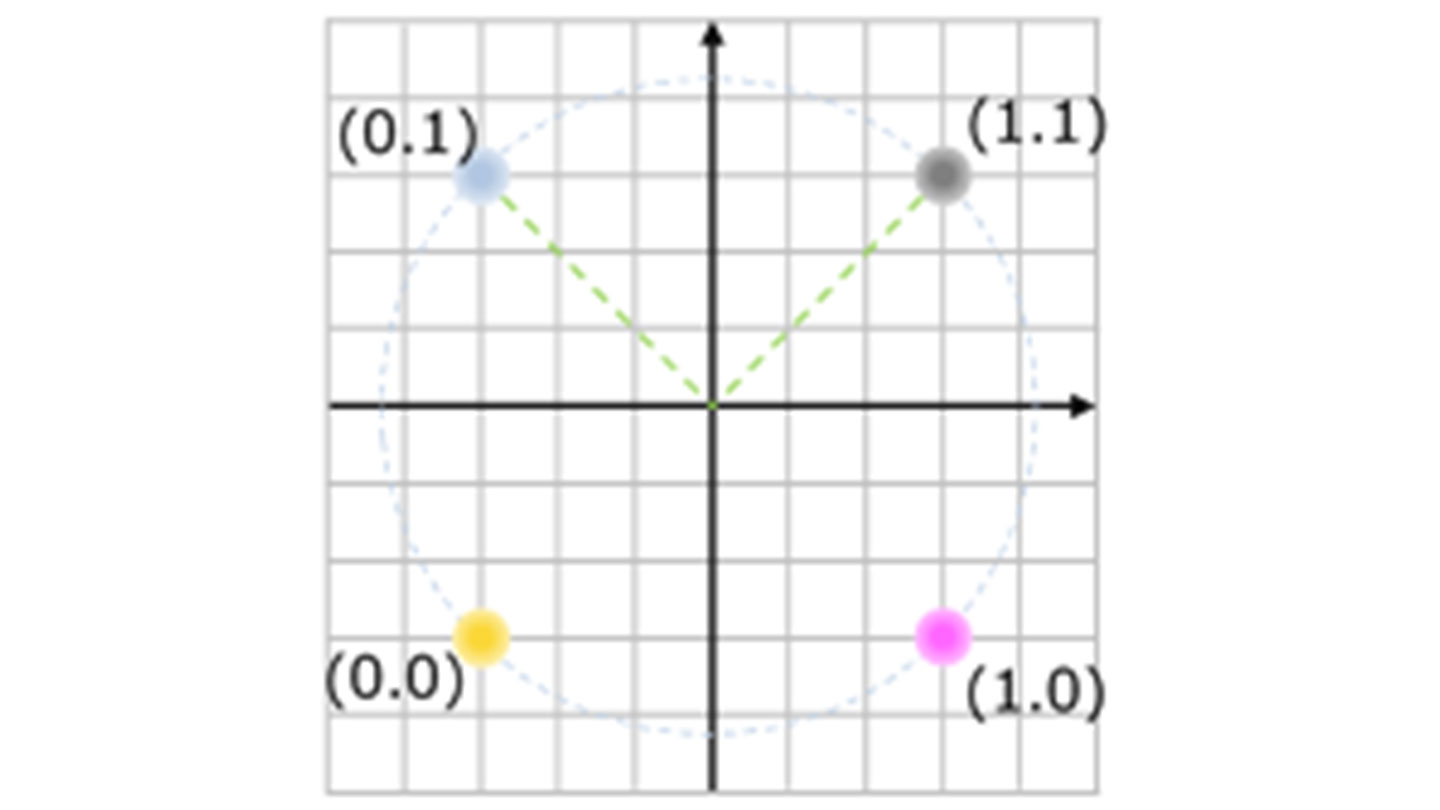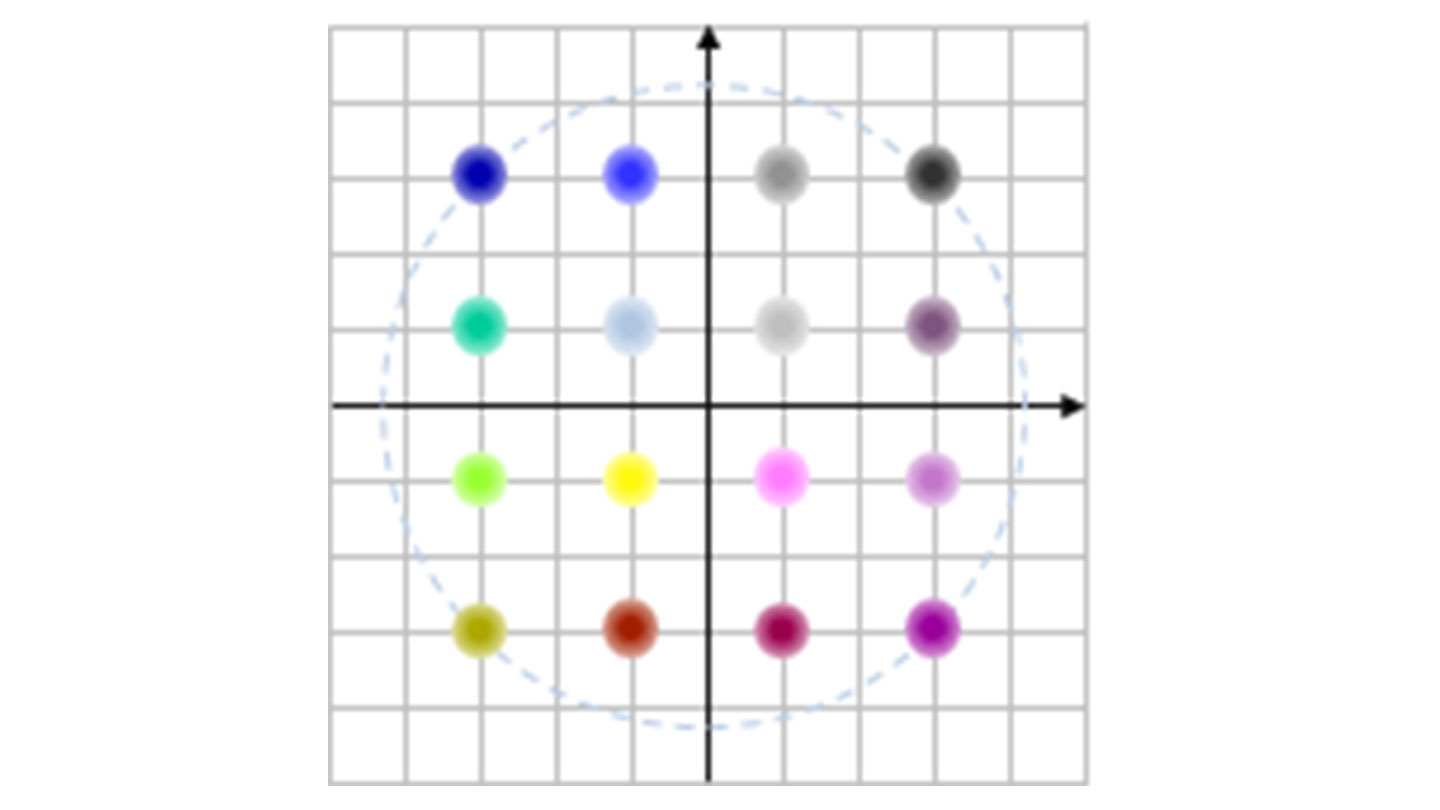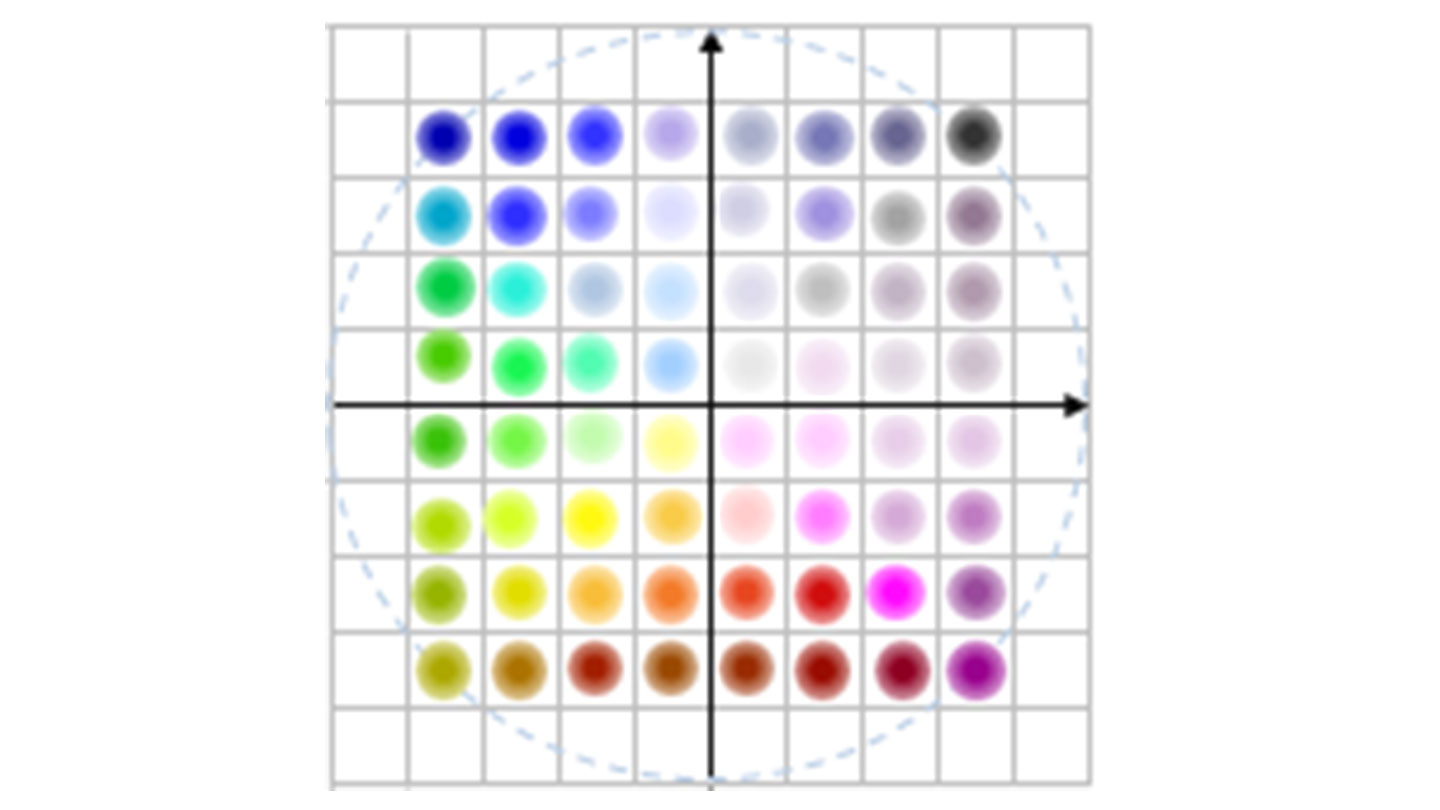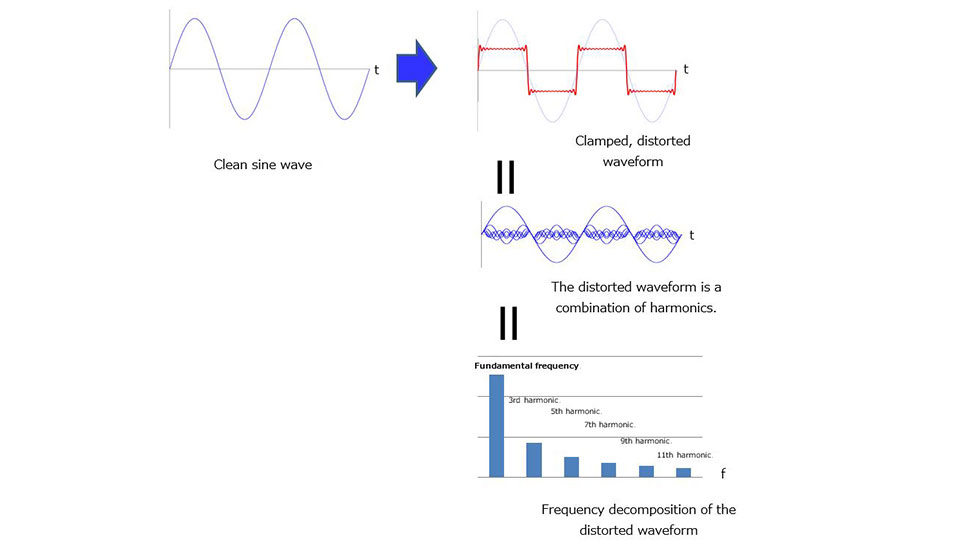- 型号 & 关键词搜索
- 交叉搜索
- 参数搜索
- 库存查询与购买
This webpage doesn't work with Internet Explorer. Please use the latest version of Google Chrome, Microsoft Edge, Mozilla Firefox or Safari.
请输入3个以上字符 Search for multiple part numbers fromhere.
The information presented in this cross reference is based on TOSHIBA's selection criteria and should be treated as a suggestion only. Please carefully review the latest versions of all relevant information on the TOSHIBA products, including without limitation data sheets and validate all operating parameters of the TOSHIBA products to ensure that the suggested TOSHIBA products are truly compatible with your design and application.Please note that this cross reference is based on TOSHIBA's estimate of compatibility with other manufacturers' products, based on other manufacturers' published data, at the time the data was collected.TOSHIBA is not responsible for any incorrect or incomplete information. Information is subject to change at any time without notice.
请输入3个以上字符
电路板设计注意事项

除非印刷电路板设计得当,否则再好的ESD保护二极管也无济于事。
电路板设计注意事项如下:
- ESD保护二极管直接连接到受保护器件(DUP)电路板走线。不得将ESD保护二极管连接天线线路分支路径,因为这样的走线会产生不应有的电感,从而增加ESD保护二极管路径的阻抗。
- 上述原则也适用于接地(GND)。ESD保护二极管连接到接地平面。
16-QAM/64-QAM
现代电信系统使用16-QAM、64-QAM或其他调制方式满足高速通信的要求。正交振幅调制(QAM)通过调制两个载波的振幅和相位传输信息。QAM中,星座点通常排列在图7所示矩形网格中,而不是同心网格中。虽然QAM频谱信息密度高,但容易受到噪声和波形失真的影响。
调制方法大致分为幅移键控(ASK)、相移键控(PSK)、频移键控 (FSK)和正交振幅调制(QAM)。
随着模拟数据向数字数据转变,许多通信标准采用了一种称为正交相移键控(QPSK)的调制方法。QPSK使用恒定振幅电平和四个相位电平,将信息以四个符号之一进行传输,每个符号代表两位数据。为了进一步增加频谱信息密度,正在逐步采用更高QAM通道计数的调制方式,如16-QAM和64-QAM。16-QAM沿两个正交方向使用四个振幅电平,将信息以16个符号之一传输,每个符号代表四位数据。64-QAM 沿两个正交方向使用八个振幅电平,将信息以64个符号之一传输,每个符号代表六位数据。



图7调制方法

谐波失真
谐波失真是系统非线性引起的振幅失真。 当放大器增益随输入电压变化以及输入波形被钳位时,就会出现这种情况。
例如,干净的正弦波仅包含一个基波。假设基波受到电路钳位,就会造成谐波失真。谐波频率变为基频的整倍数。图8中,钳位产生奇次谐波,因为正弦波正负两端钳位相同。偶次谐波出现取决于波形失真。

